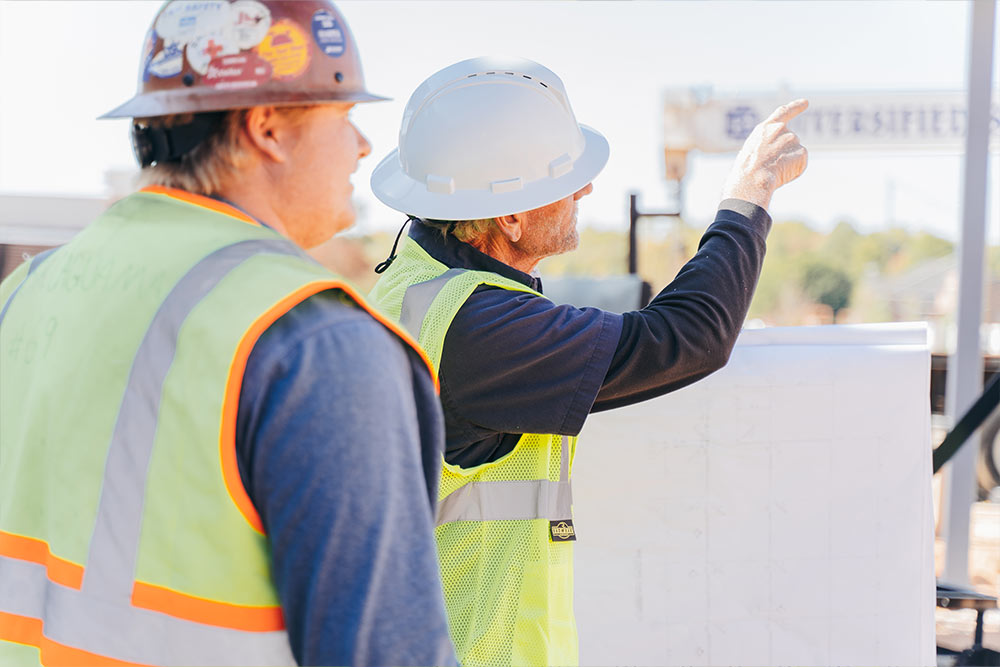Finding the right plot of land for your construction project is an involved process. While location is incredibly important to consider–there are a number of factors that influence the suitability of land for your build.
Project Overview
Not every plot of land can support the unique needs of your project. We start by asking questions to ensure we understand not just what you want to build but what you hope to accomplish with a new building. Since every construction project is different, this approach enables a customized approach to site review. We’ll review for overall project viability, provide a summary of findings and even help develop a conceptual site design so you can envision what the project will look like.
Site Description
Marsh Bell provides you with a detailed Vicinity Map, laying out what buildings surround your location, as well as any other proposed building projects nearby that may affect your build. Adjacent properties can have a significant impact on traffic flow, noise and environmental pollution and more, all of which may attract or discourage potential clientele.
Zoning
Each potential site for your building must be checked for zoning restrictions. While “commercial” and “residential” are commonly known restrictions, there are others that you may not be familiar with. Even if a potential plot of land is zoned for commercial development, there may be additional restrictions as to what type of commercial building. Many areas have separate zoning for:
- Office buildings
- Shopping Centers
- Hotels
- Restaurants
Further restrictions may consider the proximity to similar businesses, maximum building height and available parking.
Site Access
The ability to easily access your location is a primary concern. In the construction phase, there needs to be enough room to maneuver the required heavy equipment. Once your building is completed, employees and customers need to be able to easily access it. We consider every aspect, from busy multi-lane roads, to narrow city streets and even strategize for traffic flow throughout the day.
Stormwater
Understanding the drainage pattern for a plot of land is a critical consideration when planning your build. We work to ensure a comprehensive Stormwater Management Plan is in place that takes into consideration the long-term integrity of your building.
FEMA Floodplain
Just because a piece of property is in a designated floodplain area does not mean it will see significant flooding; however, the possibility does exist. We assess the risk factors and determine what measures can be taken to mitigate the threat to your property.
Soils
Testing soil is a critical step to complete early in the land buying process. Checking for and identifying hidden pollutants protects against significant construction delays and cleanup costs down the line. Beyond that, identifying the type of soil is important as well. There are four OSHA soil classifications indicating most stable to least stable in order:
- Solid Rock
- Type A
Can be clay, silty clay, or sandy clay. No soil can be considered Type A if it has cracks or shows other adverse conditions. - Type B
This level includes both cohesive and non-cohesive soils. This is sometimes soil that shows cracks but may have otherwise qualified for Type A. - Type C
The most unstable of the four soil types. All previously disturbed soils will fall into this category.
While every type of soil can be built on, there are unique requirements for each soil type. Knowing in advance the soil classification helps to ensure appropriate plans are made before construction begins.
Utilities
Not every property is equipped with utilities. It is important to identify what utilities currently run to a given property, who the provider is and, if there are none currently operational, how much money and how long it would take to get them up and running.


